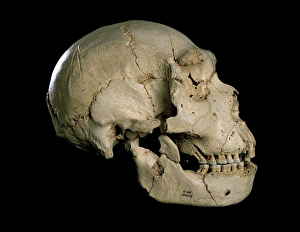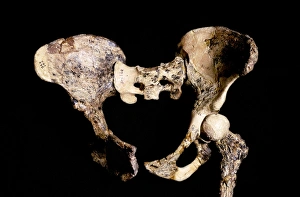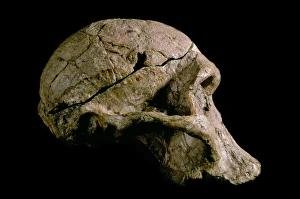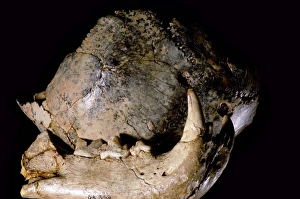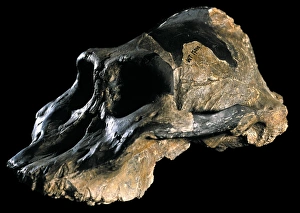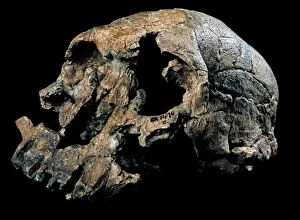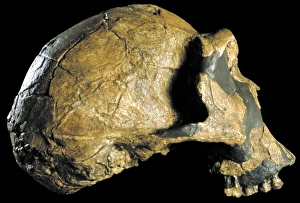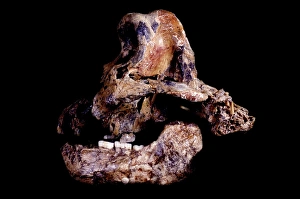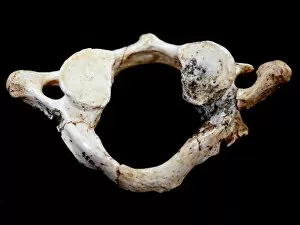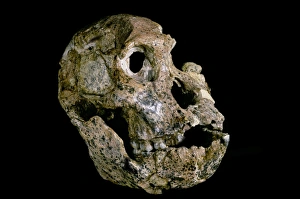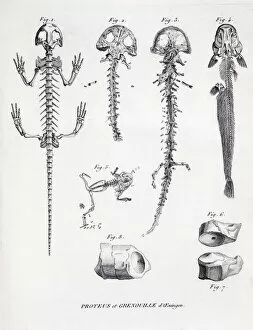Human Fossil Collection
"Unveiling the Ancient Puzzle
All Professionally Made to Order for Quick Shipping
"Unveiling the Ancient Puzzle: A Glimpse into Human Fossils" Step back in time and explore the fascinating world of our ancient ancestors through these remarkable human fossils. From Homo heidelbergensis to Australopithecus africanus, each specimen holds a key to understanding our evolutionary journey. Delve into the mysteries of Cranium 5 (Homo heidelbergensis skull), its intricate features revealing glimpses of an early human lineage. Witness the resilience of Australopithecus africanus pelvis (STS-14) as it provides insights into bipedal locomotion, a defining characteristic of our species. Marvel at the robust jawbone belonging to Paranthropus robustus, entangled with that of a leopard (C015 / 6933). This extraordinary find offers clues about their dietary habits and interactions within their environment. Meanwhile, Paranthropus aethiopicus (KNM-WT 17000) beckons us closer with its distinctive cranial structure (C015 / 6932), inviting speculation on their unique adaptations. Gaze upon Homo rudolfensis skull (KNM-ER 1470), contemplating its significance in unraveling the complexities surrounding early hominin diversity. Nearby rests another specimen from Paranthropus aethiopicus (KNM-WT 17000) C015 / 6931), further deepening our understanding of this enigmatic group. Witness Homo ergaster's presence through two striking skulls - KNM-ER 3733 and SK-847/SK-15 (C015 /6927/6928). These specimens offer valuable insights into anatomical variations among early humans and shed light on their cognitive capabilities. Admire Broken Hill 1's legacy - Homo heidelbergensis' skull that stands as evidence for advanced tool-making abilities during this period (C015 /6924).

